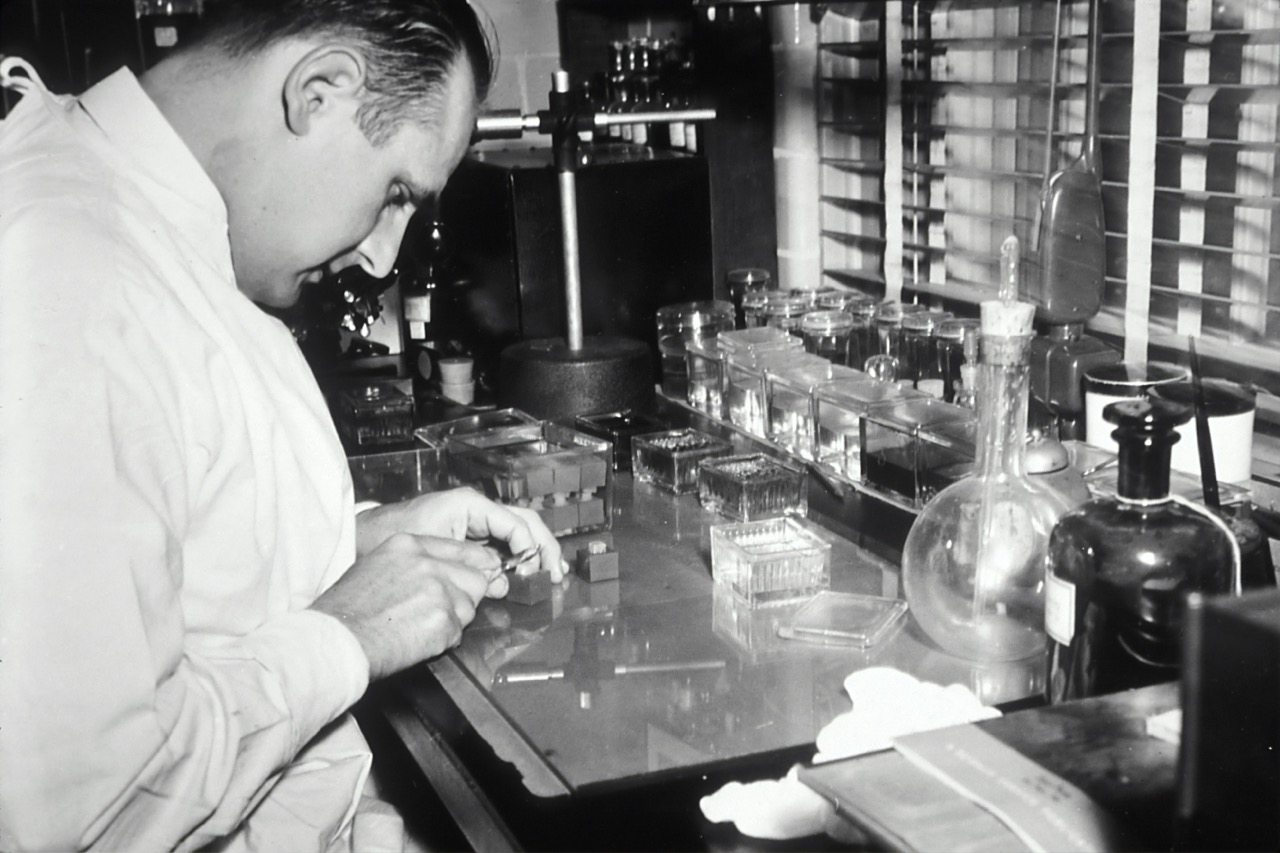Understanding the Difference Between Viral and Bacterial STDs: A Cheerful Guide to Your Health!
Hello, dear readers! 🌟 Today, we’re diving into a topic that’s often wrapped in a veil of confusion: sexually transmitted diseases (STDs). But fear not! We’ll be shining a bright light on the difference between viral and bacterial STDs, demystifying the subject with a cheerful twist. So, let’s embark on this enlightening journey together!
What are STDs, Anyway?
Before we jump into the nitty-gritty, let’s clarify what STDs are. Sexually transmitted diseases are infections that you can catch through sexual contact. They’re like uninvited guests at a party—nobody wants them around! But knowing more about these guests can help you manage the situation with confidence and clarity.
The Dynamic Duo: Viral vs. Bacterial STDs
At the core of our discussion are two main types of STDs—viral and bacterial. Let’s break them down, shall we?
Bacterial STDs: The Mischievous Microbes
Bacterial STDs are caused by bacteria, which are tiny organisms that can multiply rapidly and wreak havoc on your health if left untreated. The good news? Most bacterial STDs are treatable with antibiotics, so if you catch them early, you’re in the clear!
Common Bacterial STDs include:
- Chlamydia: Often dubbed the "silent infection," chlamydia can sneak up on you without showing symptoms. Regular testing is key!
- Gonorrhea: This one loves to cause a ruckus, but it’s also treatable. Don’t let it crash your party!
- Syphilis: A classic that has been around for centuries. It has its stages, but prompt treatment can help you avoid complications.
Viral STDs: The Persistent Party Crashers
Now, let’s talk about viral STDs. These infections are caused by viruses, which are trickier little guys. While they can sometimes be managed, many viral STDs don’t have a complete cure. But hold on! That doesn’t mean you have to face them alone. Many treatments can help manage symptoms and maintain a healthy lifestyle!
Common Viral STDs include:
- HIV: Human Immunodeficiency Virus can lead to AIDS, but with proper treatment, individuals can live long and fulfilling lives. Early detection is crucial!
- Herpes Simplex Virus (HSV): This one can lead to oral or genital herpes. Again, while there’s no cure, antiviral medications can help keep outbreaks at bay.
- Human Papillomavirus (HPV): This is the most common STD, and while some strains can lead to cancer, vaccines exist to protect against the most dangerous types. Knowledge is power!
Key Differences: A Snapshot
Now that we’ve met our contenders, let’s compare them side by side:
| Feature | Bacterial STDs | Viral STDs |
|---|---|---|
| Caused by | Bacteria | Viruses |
| Treatment | Usually curable with antibiotics | Manageable, often chronic |
| Examples | Chlamydia, Gonorrhea, Syphilis | HIV, Herpes, HPV |
| Symptoms | Often noticeable, but can be asymptomatic | May have symptoms, often asymptomatic |
| Best Defense | Regular testing and prompt treatment | Vaccination (where applicable), safe practices |
Staying Safe and Informed
So, what’s the takeaway from our cheerful exploration? The best way to tackle STDs—viral or bacterial—is through education, open communication, and taking proactive steps to protect yourself and your partners.
- Get Tested: Regular check-ups can help catch infections early.
- Communicate: Talk with your partners about health and safe practices.
- Vaccinate: Vaccines are available for certain STDs, like HPV, so don’t miss out!
- Practice Safe Sex: Use condoms to reduce the risk of transmission.
Final Thoughts
As we wrap up our cheerful chat about STDs, remember that knowledge is your best ally. Understanding the differences between bacterial and viral STDs not only empowers you but also helps you take control of your health. So, let’s keep the conversation going, spread awareness, and embrace a healthier future together!
Stay safe, stay informed, and keep smiling! 🌈✨










